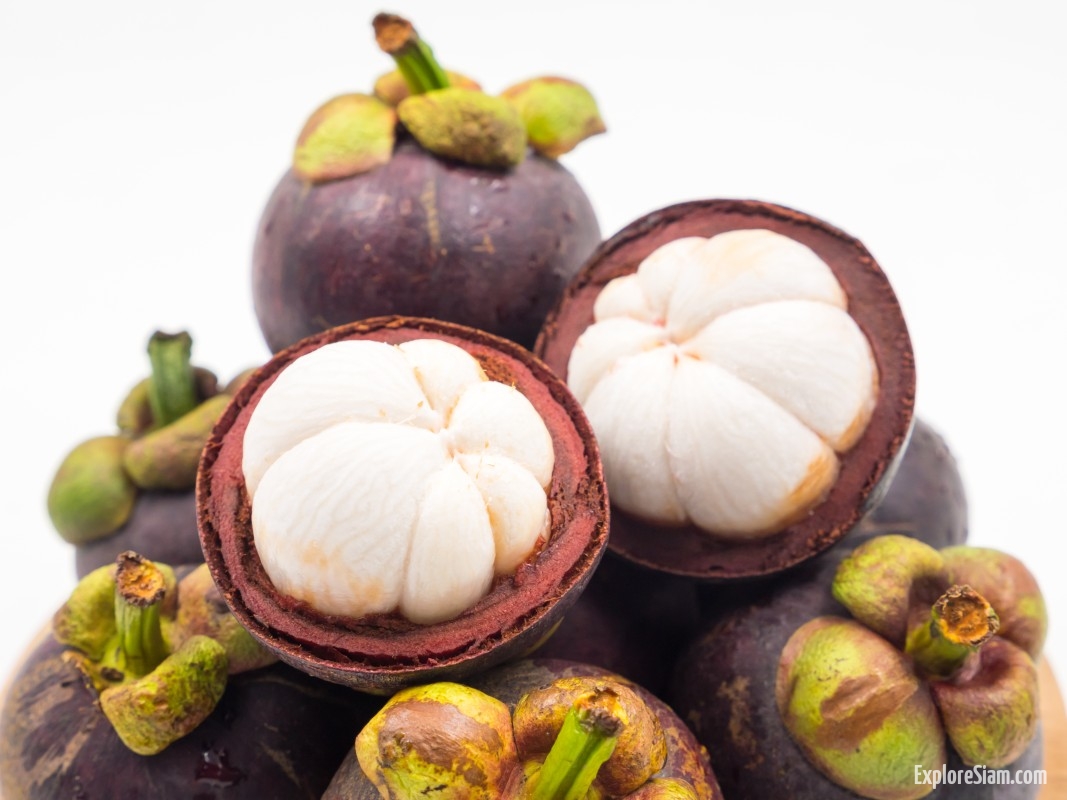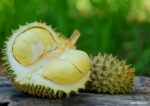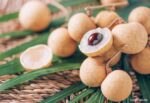Mangosteen, often hailed as the “Queen of Tropical Fruits”, is a gem of the fruit world. This exotic fruit, with its intriguing history, delectable taste, and numerous health benefits, has captured the hearts and taste buds of people across the globe. In this article, we will explore the origins of mangosteen, its unique characteristics, the health benefits it offers, its culinary uses, and its cultural significance.
Origins and History
Mangosteen (Garcinia mangostana) is native to Southeast Asia, particularly the Malay Archipelago. It has been cultivated for centuries in countries like Thailand, Malaysia, Indonesia, and the Philippines. The fruit’s journey to prominence began when it was discovered by Western explorers in the 19th century, who were fascinated by its unique flavor and health benefits. Mangosteen quickly gained a reputation as a prized exotic fruit and was often reserved for royalty, earning its title as the “Queen of Fruits.”
Legend has it that Queen Victoria of England, upon hearing of the exotic mangosteen, offered a reward to anyone who could bring her the fresh fruit. This tale, although likely apocryphal, highlights the allure and mystique surrounding mangosteen during the colonial era. Today, it remains a symbol of luxury and exclusivity in many parts of the world.
Unique Characteristics
The mangosteen fruit is small, roughly the size of a tennis ball, with a deep purple rind that is thick and tough. Inside, the fruit is segmented into white, juicy arils that resemble citrus segments. Each segment is encased in a thin membrane and contains one to two seeds. The taste of mangosteen is a delightful combination of sweet and tangy, with a hint of citrus and peach, making it a favorite among fruit enthusiasts.
One of the most striking features of mangosteen is its aromatic fragrance. The fruit emits a sweet, tropical scent that is as enticing as its flavor. When choosing a mangosteen, look for fruits with a rich purple color and a firm, yet slightly yielding, feel. The rind should be free of cracks or blemishes, ensuring the fruit inside is fresh and ripe.
Mangosteen trees are evergreen and require a warm, humid climate to thrive. They are notoriously slow-growing, often taking ten years or more to bear fruit. However, once established, a mangosteen tree can produce fruit for several decades, making it a valuable and long-lasting addition to any tropical orchard.
Health Benefits
Mangosteen is not only delicious but also packed with a variety of health benefits. It is rich in antioxidants, particularly xanthones, which have anti-inflammatory and anti-cancer properties. These antioxidants help neutralize free radicals in the body, reducing oxidative stress and promoting overall health.
The fruit is also a good source of vitamins and minerals, including vitamin C, which boosts the immune system and promotes healthy skin. Additionally, mangosteen contains fiber, which aids in digestion and helps maintain a healthy gut. The anti-inflammatory properties of mangosteen can also benefit those suffering from conditions like arthritis and other inflammatory diseases.
Moreover, mangosteen has been traditionally used in Southeast Asian medicine to treat a variety of ailments, from skin infections to gastrointestinal issues. Modern research continues to explore the potential health benefits of this remarkable fruit, further solidifying its status as a superfruit. Some studies suggest that mangosteen may help lower cholesterol levels, regulate blood sugar, and support heart health, making it an excellent addition to a balanced diet.
The rind of the mangosteen, often discarded, is also rich in nutrients and has been used in traditional remedies. It contains compounds that are believed to support the immune system and improve skin health. Some natural health enthusiasts dry and grind the rind into a powder to be used in teas and supplements.
Culinary Uses
Mangosteen’s unique flavor and versatility make it a popular ingredient in various culinary creations. In its native regions, the fruit is often enjoyed fresh, eaten by itself as a refreshing snack. Its juicy, aromatic flesh can be added to fruit salads, smoothies, and desserts, enhancing the overall flavor profile with its sweet-tangy taste.
In Southeast Asian cuisine, mangosteen is sometimes used in savory dishes as well. It can be incorporated into sauces and chutneys, providing a delightful contrast to spicy and savory flavors. Mangosteen pairs well with seafood, chicken, and pork, adding a tropical twist to traditional dishes.
For those looking to get creative in the kitchen, mangosteen can be used to make jams, jellies, and even sorbets. Its vibrant flavor and natural sweetness make it a perfect ingredient for these sweet treats. The fruit’s juice can also be extracted and used in beverages, cocktails, and mocktails, offering a refreshing and exotic twist. Mangosteen juice, when blended with other tropical fruits, creates a delightful medley of flavors that can be enjoyed on a hot summer day.
In recent years, mangosteen has also made its way into the world of haute cuisine. Renowned chefs have experimented with mangosteen in a variety of innovative dishes, from gourmet salads to intricate desserts. Its unique taste and texture provide endless possibilities for culinary exploration.
Cultural Significance
Beyond its culinary and health benefits, mangosteen holds cultural significance in many of the regions where it is grown. In Thailand, for example, mangosteen is often given as a gift during the holiday season, symbolizing abundance and prosperity. The fruit is also used in religious ceremonies and traditional celebrations, highlighting its esteemed status in local culture.
In Malaysia and Indonesia, mangosteen is a popular fruit during festivals and gatherings. Its refreshing taste is enjoyed by people of all ages, and its presence is a reminder of the rich agricultural heritage of the region.
Mangosteen also plays a role in traditional folklore. Stories and legends about the fruit’s origins and its supposed magical properties are passed down through generations, adding to its mystique. Some cultures believe that eating mangosteen can bring good luck and ward off negative energy.
Mangosteen, with its rich history, unique characteristics, numerous health benefits, and cultural significance, truly deserves its title as the “Queen of Tropical Fruits.” Whether enjoyed fresh, incorporated into dishes, or used in traditional medicine, this exotic fruit continues to captivate and delight people around the world. Its sweet and tangy flavor, combined with its impressive nutritional profile, makes mangosteen a must-try for anyone seeking to experience the best that tropical fruits have to offer.
So next time you come across this purple gem, be sure to indulge in its royal taste and reap the benefits of this extraordinary fruit. Whether you’re a culinary enthusiast looking to experiment with new flavors or a health-conscious individual seeking nutritious and delicious foods, mangosteen is a fruit that promises to deliver both pleasure and wellness. Embrace the Queen of Tropical Fruits and discover why it has been cherished for centuries by people across the globe.





